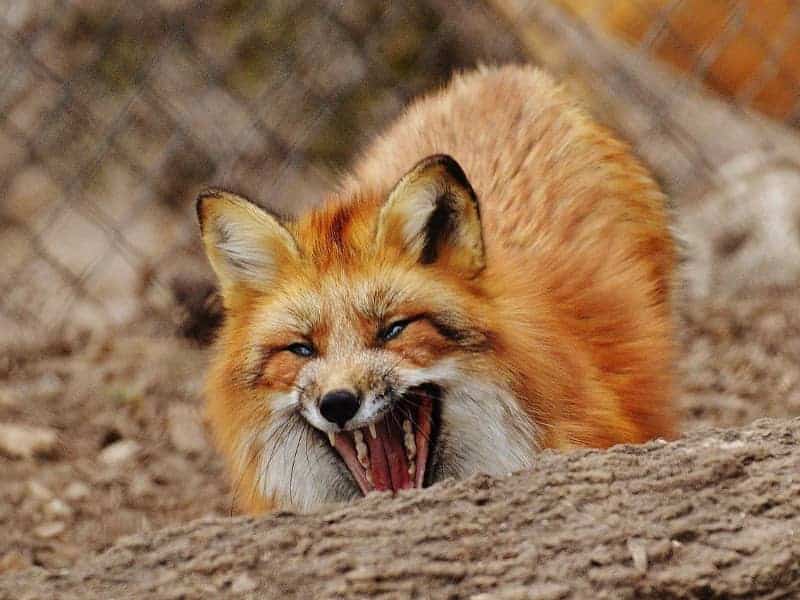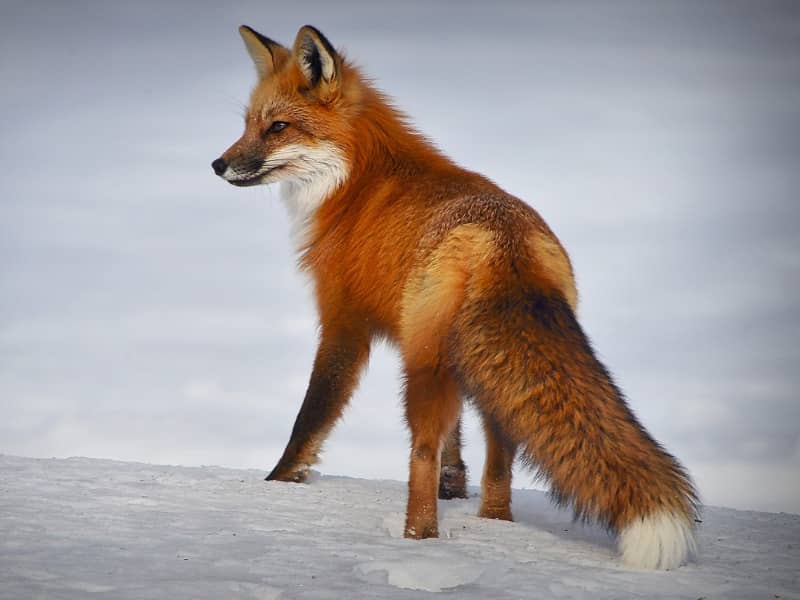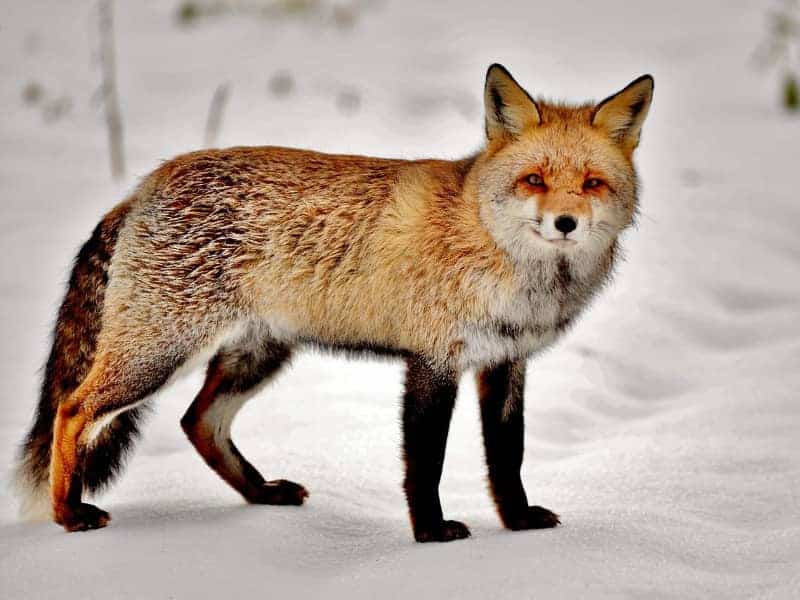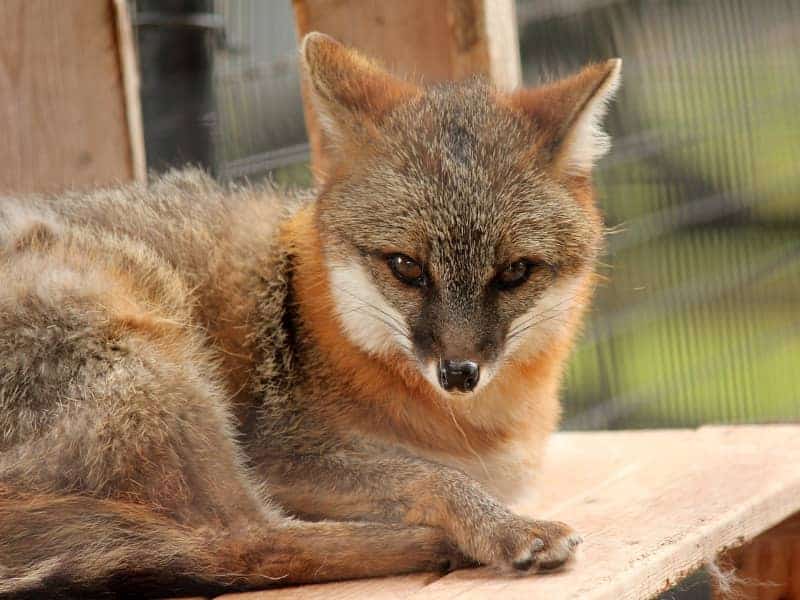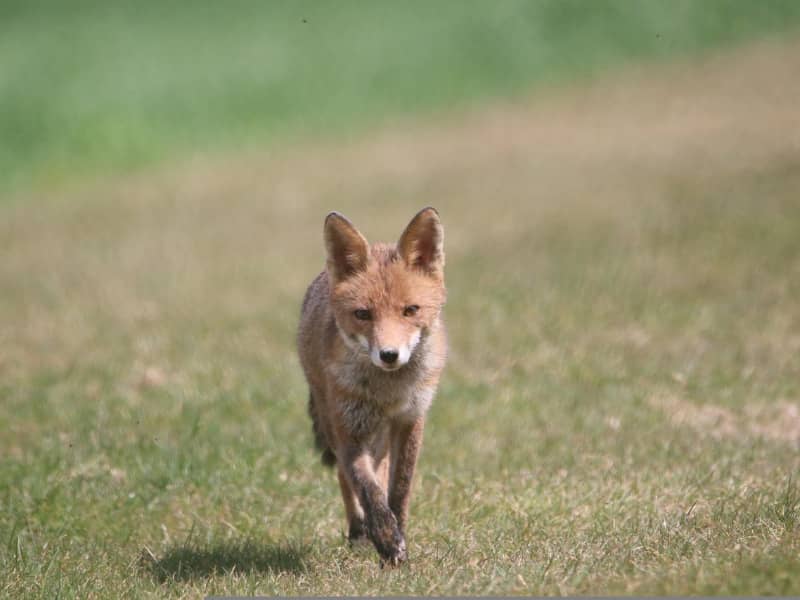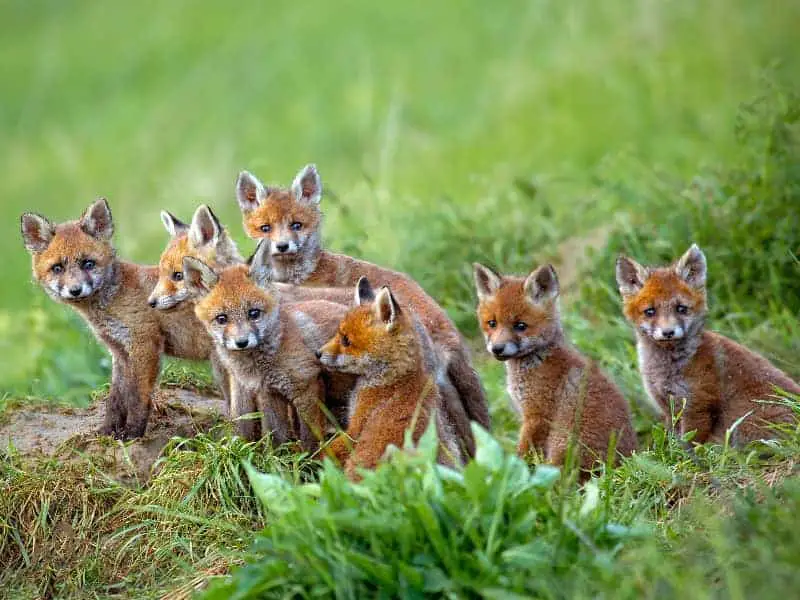
Is the fox a dog?
Have you ever wondered if the fox is a dog? This is a question that requires more than a simple answer. In this blog post, we'll dive into the world of biology, genetics, and behavior to discuss this question. It's going to be a journey where you may get a few surprises.
Introduction to the realm of the Canidae
To understand if the fox is a dog, we must first look at the Canidae or canine family. The Canidae is a biological family that includes both dogs and foxes. It includes about 36 species, including wolves, jackals, coyotes and just dogs and foxes.
Scientists group animals into different families based on common characteristics. You can think of these families like a family tree. Animals that are closely related are on the same branch fork, while animals that are less closely related are on different branch forks. The point is: both dogs and foxes are part of the same "family" - the Canidae. But does that mean a fox is a dog? Well, let's keep digging!
Genetic relationship: foxes and dogs
Genetically, foxes and dogs are not the same. They do share a common ancestor, but that was a while ago. Scientists estimate that the fox and dog lineages separated about 7 to 10 million years ago. Since then, they have gone their separate ways and followed different evolutionary paths. That means they share some genetic traits, but they also have many differences.
If we look at the genome, we see that foxes and dogs have a lot in common, but they also have crucial differences. Dogs, for example, have 78 chromosomes, while foxes have between 34 and 78 chromosomes, depending on the species. This is a clear indication that they are genetically different despite their similarities.
Anatomical considerations
Anatomically, there are some differences between dogs and foxes that indicate they are different animals. First of all, foxes are generally smaller than most dog breeds. They have longer muzzles, pointed ears, and bushy tails. While some dog breeds may share similar characteristics, these traits are universal in foxes.
Another anatomical difference lies in the claws. Dogs have non-retractable claws that are constantly on display. Foxes, on the other hand, have partially retractable claws - similar to cats - which helps them hunt quietly.
Also have Foxes compared to dogs a different eye color. While dogs can have a variety of eye colors, foxes usually have amber or golden eyes. This is likely an adaptive trait to their nocturnal lifestyle, as these eye colors help to better capture the available light.
Foxes also have different eating habits than dogs. They are omnivorous and their diet is widely varied, containing everything from small animals to berries and fruits. Dogs, on the other hand, are usually carnivores, although they have adapted to an omnivorous diet over time, especially since they started living with humans.
Fox vs. dog: behavioral differences
There are also significant differences in the behavioral repertoire between dogs and foxes. While dogs are known as pack animals and often form close bonds with other members of their pack, including humans, many live Fox species as a solitary animal. They are territorial and mark their habitat to keep other foxes away.
Foxes are also known to be extremely smart and cunning. They are excellent problem solvers and can handle complex tasks that require some cognitive ability. These skills help them survive in the wild and find food. Dogs are also intelligent, but their cognitive abilities are often focused in other areas, such as working with humans.
About foxes and dogs: taming and domestication
You may have heard of the famous experiment conducted by Russian scientist Dmitri Belyaev in the 1950s. He tried to domesticate foxes to find out how wolves could have turned into dogs.
Over the course of several generations, Belyaev selected the foxes that were least afraid of humans and most friendly to them. He bred these foxes together, and after several generations he produced foxes that behaved very much like dogs.
These foxes wagged their tails, licked people in the face, and exhibited many of the behaviors we associate with dogs. Some of them even began to look like dogs, with shorter muzzles and floppier ears. These changes were the result of Belyaev's selection of the tamest and most people-friendly foxes for breeding.
This experiment has shown that foxes, although wild animals, can be domesticated to exhibit dog-like behaviors. But it has also shown that these changes require many generations. So it's unlikely that a wild fox you see in your backyard will behave like a dog.
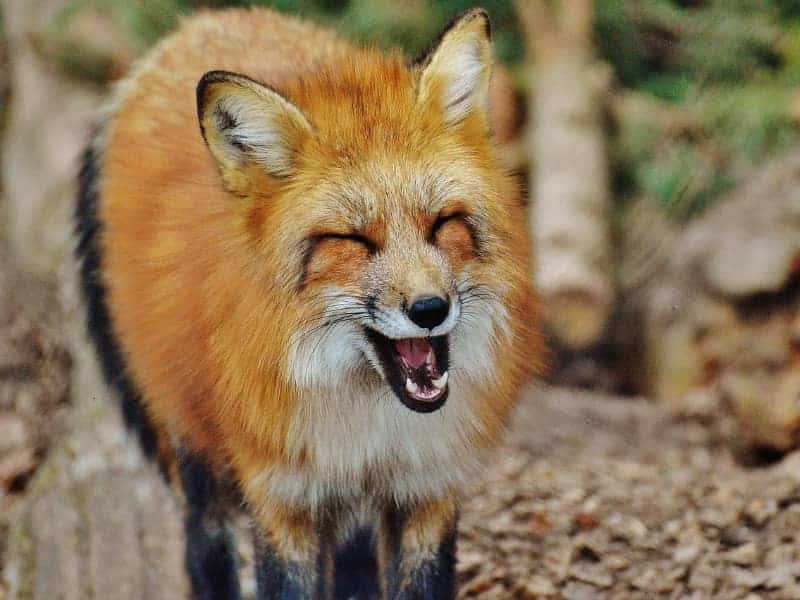
The fox in cultural context
Foxes have a special meaning in many cultures. In Japanese folklore, for example, foxes (kitsune) are intelligent beings with magical abilities that grow stronger with age and wisdom. They are known for their ability to transform into humans and are both revered and feared beings.
In Western folklore, however, the fox is often portrayed as a cunning, sly trickster. Just think of the story of Reineke Fuchs, in which the fox is portrayed as cunning and sly, but also manipulative and dishonest.
Interestingly, in many cultures, dogs tend to be seen as loyal companions and protectors. They are often portrayed as loyal, brave and loving, which is a stark contrast to the cunning and unpredictable nature of the fox.
Overall, this shows us that people intuitively recognize the differences between dogs and foxes, even when they portray these animals in fantastic or supernatural roles. It is further evidence that we consider foxes and dogs to be fundamentally different animals, despite their genetic and physical similarities.
Fox meets dog: interactions in nature
Another interesting aspect we should look at is how foxes and dogs encounter each other in nature. These interactions can tell us a lot about whether foxes can be considered dogs or not.
In fact, encounters between wild foxes and dogs are not uncommon, especially in areas where their habitat overlaps. In general, however, foxes are cautious and try to avoid dogs. This is likely due to the larger size and strength of most dogs, which could pose a threat to a fox. But there are also reports of foxes playing with dogs, primarily if they are smaller breeds.
The fact that foxes and dogs are able to interact shows that they share some common behaviors and forms of communication. This is probably due to their common ancestors. Nevertheless, these interactions are the exception rather than the rule and often show the adaptability and intelligence of the fox.
Conclusion: Is the fox a dog?
Well, we have looked at many aspects of whether the fox is a dog. We have looked at the genetic, anatomical, behavioral, and even the cultural context.
So what is the answer? Well, as with many things in science, it's not quite that simple. Foxes and dogs are closely related and share a common family - the Canidae. They have some similar characteristics and behaviors and can even interact with each other.
But there are also many differences between them. Their genetic codes are different, they have different physical characteristics, and their behaviors and lifestyles are different. And even in culture, foxes and dogs are often portrayed in different ways.
So a fox is a dog? The scientific answer is: No, a fox is not a dog, although they are closely related. But as we have seen, the question is not quite so simple to answer. Perhaps the most important thing we can learn from all this is that foxes and dogs are both fascinating animals that have their own unique place in nature and in our culture.
Author

-
Garden animal - A life with nature
Welcome to my animal blog! My name is Dirk and I am happy to take you on my journey through the fascinating world of animals and gardening.
Born 54 years ago, I have had an insatiable curiosity for the animal world around me since childhood. Although I have moved professionally in other industries, my true passion has always been animals and nature. It is remarkable how a small garden has become such an important part of my life.
Many of my fondest memories are associated with the animals that share our home. Whether it's the curious squirrels that scurry across the trees in the morning, the colorful variety of birds that visit our feeders, or the busy bees and butterflies that pollinate our flowers, every moment with them is invaluable to me.
This blog is my contribution to share my experiences, discoveries and insights with like-minded people. Here I will share stories of unforgettable encounters with animals, give tips on gardening and creating wildlife-friendly habitats, and take you on my journeys through nature.
Thank you so much for being here!
Cordial,
Dirk aka garden animal
Last posts
- 27. February 2024PetsVeganes Hundefutter – Grün und Gesund?
- 18. January 2024ChickensOregano für Hühner
- November 27, 2023HamsterDiurnal hamsters
- November 24, 2023HamsterHamster hammock

